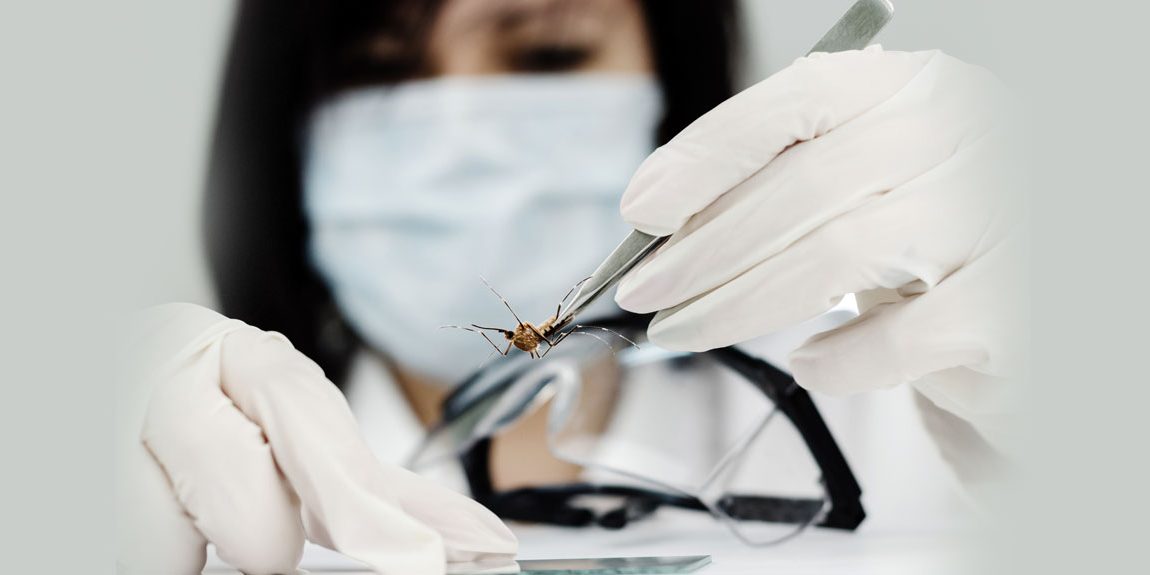Since 2016, CDC recommends that all children exposed to Zika virus in utero be evaluated at birth and continue to be followed for neurodevelopmental abnormalities since, as these children get older, problems such as epilepsy, vision loss, hearing abnormalities and developmental delays can be identified. Early identification and intervention have been determined to improve the long-term outlook for problems identified in these patients, and the most critical during the first three years of life.
Recently the CDC published the evaluation of 1,450 children born to Zika infected mothers in 2016, and who, by February 2018, were at least one-year-old. The findings show 1 in 7 of these children have identified health problems possibly caused by exposure to the virus before their birth.
Approximately 75% of the 1,450 children had some type of screening (not necessarily all the recommended screening modalities) for potential Zika related abnormalities during the first year of life. These screenings include neural imaging, hearing and ophthmalogic evaluation.
The findings indicate that at birth, 6% of the 1,450 children had brain and/or eye abnormalities and further follow up during the first year of life identified an additional 9% having at least one neurodevelopmental abnormality and 1% had abnormalities demonstrated at birth with additional abnormal findings over the ensuing year.
The authors of the study acknowledge that the figures may not be entirely accurate because not all children were fully evaluated with all the recommended screenings. We also need to keep in mind that there is no baseline population at one year of non-Zika exposed children with similar evaluations being performed. The key message of this report: it is evident that there are developmental problems associated with Zika virus infection of a developing fetus in utero and not all of these problems will be evident at the time of birth but will continue to evolve and become evident as the affected child grows older; and it is essential to closely monitor these individuals so that potential remedial action can be instituted as early in life as possible.
The CDC also included a new interim guideline for men who have been exposed to the virus, recommending that they need wait only 3 months after Zika exposure instead of the previously recommended 6 months before trying to conceive.
Keep in mind that while Zika infection has not been in the news recently, the mosquitos and virus are still with us. We need to be vigilant and when Zika infected patients again reappear, follow the recommended treatment and monitoring of affected children to give them an optimal chance at a normal life.
Also, don't forget to stay connected and join our Quality Lab Group on LinkedIn!


.png?width=261&name=2021_newest_logo_cola-footer%20(1).png)


